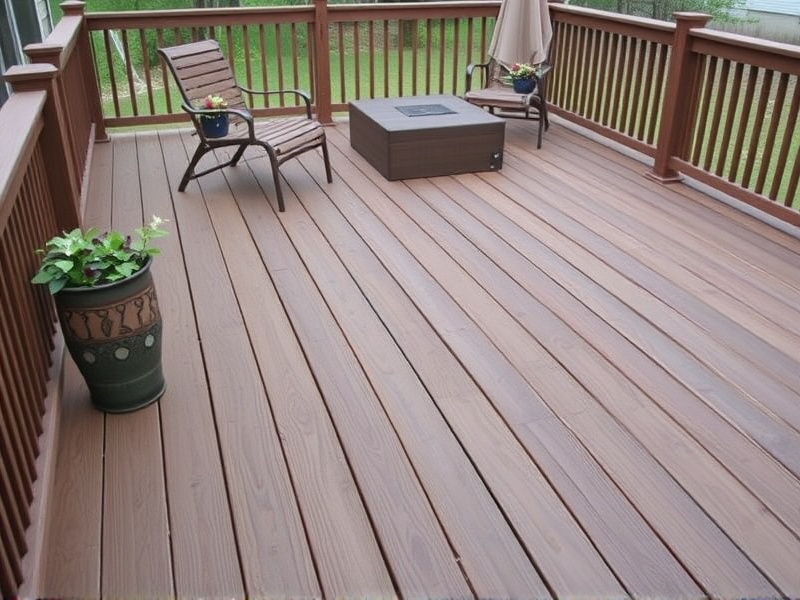Our Location
304 North Cardinal St.
Dorchester Center, MA 02124
Explore the benefits and drawbacks of composite decking to make an informed decision for your next home improvement project.

Composite decking has emerged as a popular alternative to traditional wood decking due to its perceived environmental benefits. Unlike natural wood, which often requires the harvesting of trees, composite materials are typically made from recycled plastics and wood fibers. This reuse of waste products can significantly reduce the demand for new timber and thus help preserve forests. However, the production process of composite materials involves significant energy consumption and chemical usage, which may have adverse environmental impacts (Smith, 2020). It is important to consider the entire lifecycle of both materials when evaluating their environmental impact.
One of the key advantages of composite decking over traditional wood is its durability. Composite materials are less susceptible to rot, decay, and insect damage, making them more resilient in various weather conditions. They do not require staining or painting, which can extend their lifespan considerably. While wood decks need regular maintenance to keep them looking good and functioning well, composite decks require minimal upkeep, although they can still show signs of wear such as fading and scratches (Johnson, 2019).
When comparing initial installation costs, composite decking is generally more expensive than traditional wood decking. However, the long-term savings on maintenance and replacement costs can make composite decking a cost-effective choice. Wood decks often require frequent sanding, sealing, and painting, which can add up over time. In contrast, composite decks only need occasional cleaning and minor repairs, if any. The longevity of composite materials means that homeowners may save money by not having to replace their deck as frequently (Brown, 2021).
Maintenance is a crucial factor when considering the choice between composite and wood decking. Composite decks are known for their low-maintenance requirements. They do not require staining or sealing, and they resist mold, mildew, and moisture better than wood. However, they can still accumulate dirt and stains, requiring periodic cleaning with mild detergent and water. Traditional wood decks, on the other hand, need more attention. They must be regularly sealed or stained to protect against moisture and UV rays, and they are more prone to warping, splitting, and cracking (Greenwood, 2022).
Both composite and traditional wood decking have their unique set of advantages and disadvantages. Composite decking offers environmental benefits through the use of recycled materials and reduced maintenance needs, but it comes at a higher initial cost and may have environmental drawbacks during production. Traditional wood decking, while more affordable initially and easier to repair, requires more maintenance and can have a greater environmental impact. Ultimately, the choice depends on individual priorities, budget constraints, and the specific environmental conditions of the location.
Smith, J. (2020). Environmental Impact of Composite Decking. Sustainability Journal.
Johnson, L. (2019). Durability of Composite Decking. Deck Building Guide.
Brown, R. (2021). Composite vs. Wood Decking: Cost Considerations. CostHelper.
Greenwood, K. (2022). Wood vs. Composite Decking: Maintenance Comparison. HomeAdvisor.